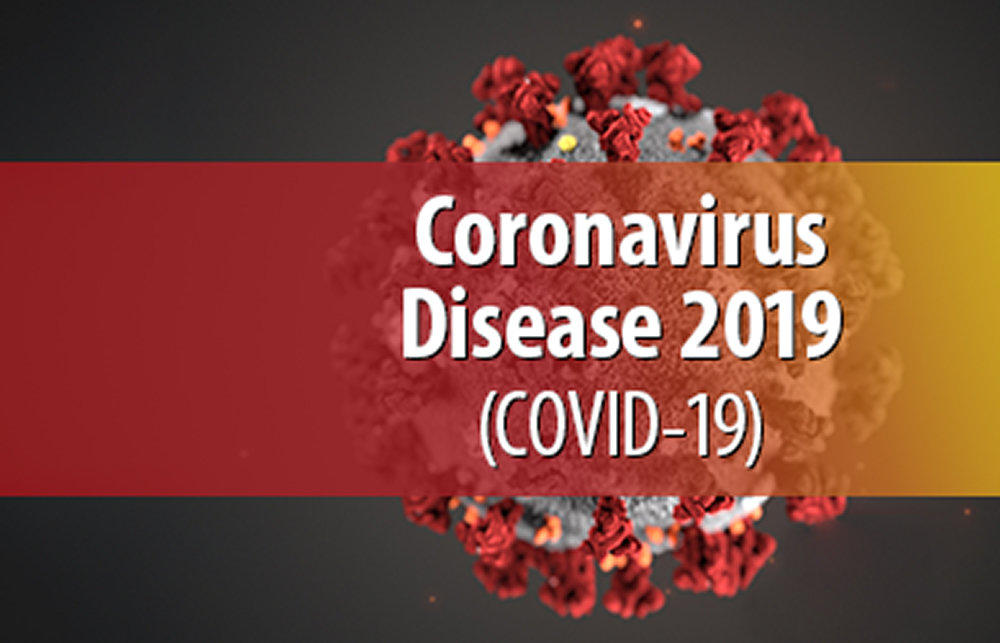Support the Timberjay by making a donation.
Cook is new COVID hotspot in North Country
Reported cases surge 100 percent in three weeks
REGIONAL - A reported surge last week in positive COVID-19 cases has Cook bucking state and countywide trends indicating that spread of the novel coronavirus has slightly slowed.Data provided last …
This item is available in full to subscribers.
Attention subscribers
To continue reading, you will need to either log in to your subscriber account, or purchase a new subscription.
If you are a current print subscriber, you can set up a free website account and connect your subscription to it by clicking here.
If you are a digital subscriber with an active, online-only subscription then you already have an account here. Just reset your password if you've not yet logged in to your account on this new site.
Otherwise, click here to view your options for subscribing.
Please log in to continue |
Cook is new COVID hotspot in North Country
Reported cases surge 100 percent in three weeks
REGIONAL - A reported surge last week in positive COVID-19 cases has Cook bucking state and countywide trends indicating that spread of the novel coronavirus has slightly slowed.
Data provided last Thursday by the Minnesota Department of Health showed an increase of 25 cases in the Cook zip code from the Dec. 3 report, jumping from 91 to 116. In a three-week span from Nov. 19 to Dec. 10, Cook experienced a 100 percent increase in cumulative cases.
The impact was evident at Zup’s Food Market in Cook, where staff shortages related to COVID-19 exposures led to sharply reduced business hours for a week beginning Nov. 30. It’s unclear when at least 11 reported cases at North Woods School coming out of the Thanksgiving break are accounted for in the weekly state data.
Cook is also in the upper tier of COVID case rates in St. Louis County when using the comparative calculation of cases per 10,000 people. At 517 cases per 10,000, Cook ranks 19th among the county’s 50 zip codes. By comparison, Orr is at 422, Embarrass at 402, Tower at 400, and Ely at 269, only 52 percent of the rate in Cook.
The week-to-week increases in other regional zip codes last week were all in single digits. While Ely still has the largest cumulative case count with 146, only seven new cases were reported there between Dec. 3 and Dec. 10. Orr also had seven new cases, while Tower added nine and Embarrass added three.
County Public Health Director Amy Westbrook said Tuesday that rising case numbers in the county have slightly declined in the past week, mirroring state trends.
“November was quite a busy time when we were seeing really high case numbers and our deaths and our hospitalizations were increasing pretty significantly,” Westbrook said. “Across the county the case numbers have decreased slightly, and so hopefully we will see our deaths and our hospitalizations go down, but we haven’t seen that yet.”
As of Tuesday, only 23 of the 102 ICU beds in northeastern Minnesota counties were filled by COVID-19 patients, a decline of 50 from Nov. 30. Non-ICU beds occupied by COVID-19 patients also declined from 130 to 94 during the same period.
“Our numbers are lower, but we’re still certainly seeing widespread community transmission,” Westbrook said. “What I’m hearing from the hospitals is that staffing is still pretty tight. It’s a big stressor on hospital staff – with the severity of illness, the number of hospitalizations, and the number of people in ICU it really takes a toll.”
While state officials had been warning for weeks of an anticipated surge related to the Thanksgiving holiday, there’s little to suggest that St. Louis County experienced that.
“If there were a surge of cases that were associated with the Thanksgiving Day holiday, we would be seeing that now in the data and we haven’t, so that’s really a good sign,” Westbrook said.
Westbrook suggested that the lack of a surge could indicate that Minnesotans responded to restrictions on the size of gatherings imposed by Gov. Tim Walz but said that it was impossible to know for sure.
Meanwhile, the region is gearing up to begin administering the new Pfizer coronavirus vaccine to hospital workers, residents and workers at long-term care facilities, and emergency medical services personnel, Westbrook said.
Initial shipments have to go to a limited number of facilities that have the ultra-cold storage the vaccine requires, but distributions will become more widespread once a second vaccine without those storage limitations is approved and shipped.
Given the expansive rural areas in northeastern Minnesota, Westbrook said that two mobile trailers have been ordered to provide the capability of setting up mobile vaccine clinics, as the initial plan for distribution is to have the vaccines administered to targeted groups at their workplaces. The trailers should arrive and be outfitted in the next two to three weeks, she said.
Still, it will likely be months before vaccinations are widely available for the general public.
“There will be a time, hopefully sooner than later, that the vaccine will be accessible to the general public,” Westbrook said. “But right now we’re really focusing on targeting the vaccine and getting it out to specific populations where the vaccine will have the biggest impact on morbidity and mortality.”






